Your daily dose of Product Management Goodness
Want to know more?
We would love to hear your questions and suggestions for topics you would like to see covered in our future blog posts, so don't be shy and get in touch!

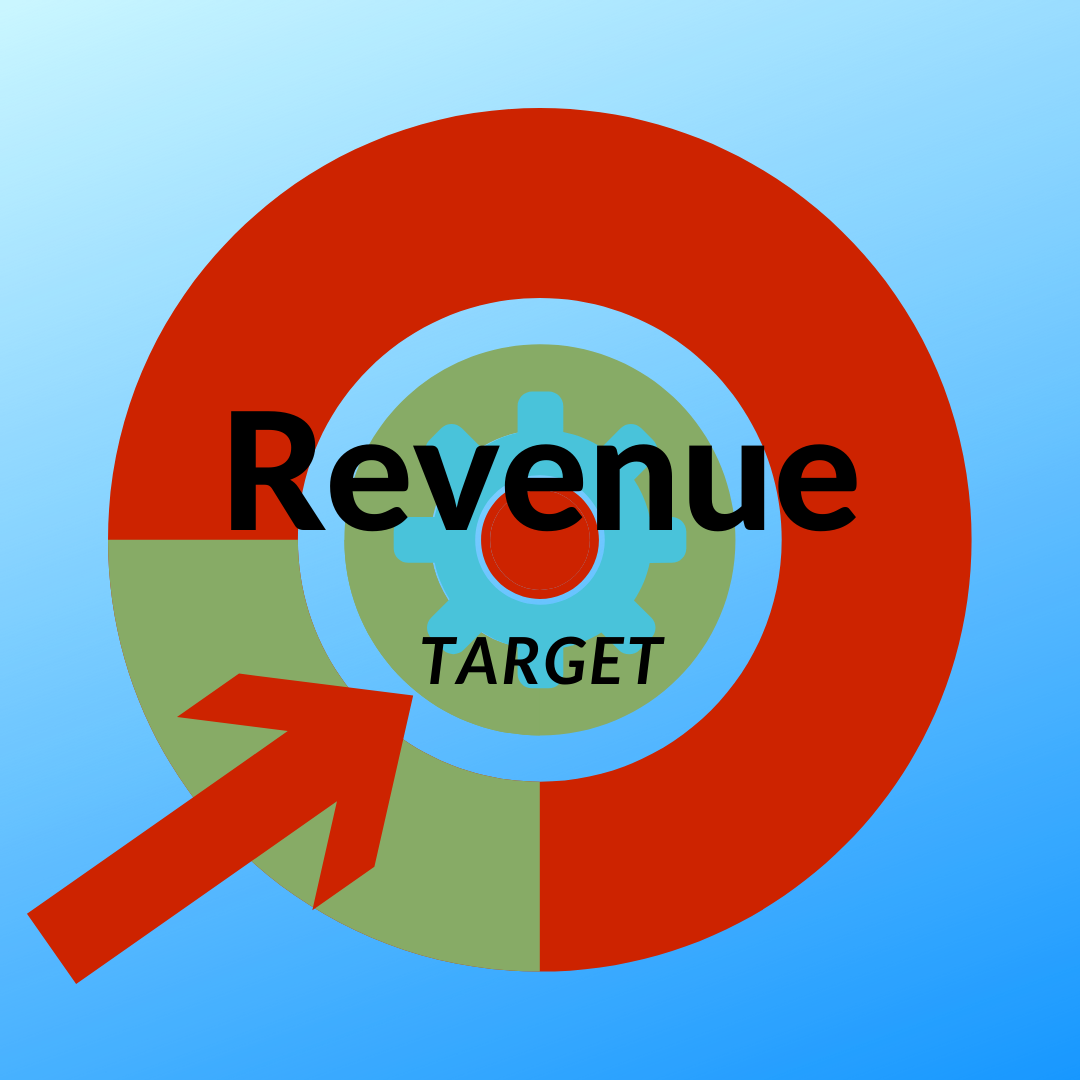
Revenue Target
Use these 7 points to get closer to your revenue targets and assess if you are on track
1. Aim – What’s your target revenue? How many units do we need to sell or how many subscriptions do you need. Break it down into sales per sector
2. History - For existing products, what were your revenue numbers over the last three years?
3. Climate – Who competes? What share do they have? What’s their (and your) point of difference and point of weakness?
4. Demand – How big is the market? Is it growing or shrinking? What is driving demand?
5. Research – What research have you done to validate points 3 & 4?
6. Plan – What are your plans to maximise revenue?
7. Refine - % confidence in the target revenue number.
read more
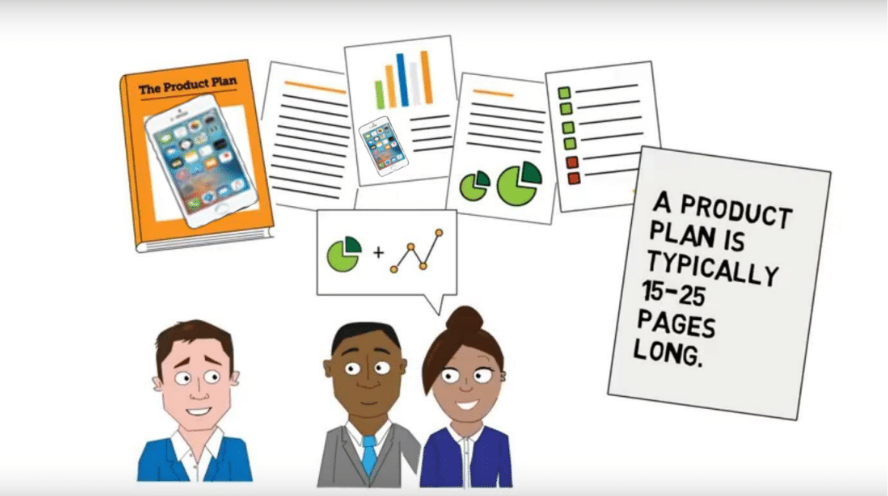
Why do I need a Product Plan
The value of the product plan cannot be overemphasized. The product plan can be, and should be, the nucleus of everything related to your product. It is fundamental to capturing the work efforts of a product team. It delivers huge benefits, particularly to the product manager in helping them understand, clarify, and articulate their product to review teams. Some of the key benefits include:
•It enables the continuity of knowledge and helps with knowledge sharing among product teams
•It helps us keep alignment and focus on achieving project objectives
•It provides a consistent, transparent way to communicate product performance
•And it serves as a key input to product reviews to evaluate progress and make decisions
A product plan is typically 15-25 pages long. Too long and it lacks the focus and brevity to get the key points across.
read more
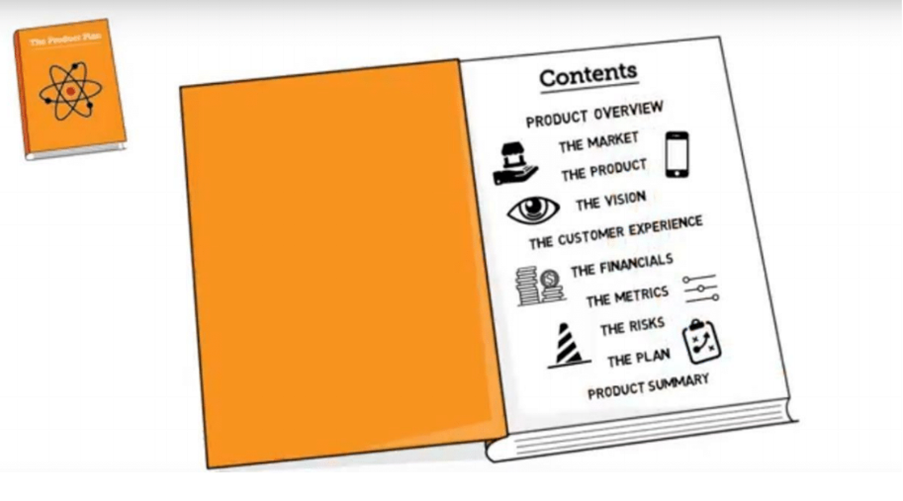
What is a Product Plan
Managing a product is complex. We need to understand our customers, markets, competition, regulation, and more. That’s a lot to remember! To fix this, product teams keep a document called a product plan–a single document that gives a comprehensive overview of our product and the market it competes in. The product plan enables the product team to describe their product and its market in a structured manner. This is the core structure of the product plan:
•The Market
•The Product
•The Financials
•The Metrics
•The Vision
•The Risks
•The Plan
The product plan is then topped and tailed by a product overview and product summary and simply acts as the storehouse for all our product thinking. It enables the continuity of knowledge and helps with knowledge sharing among product teams.
read more
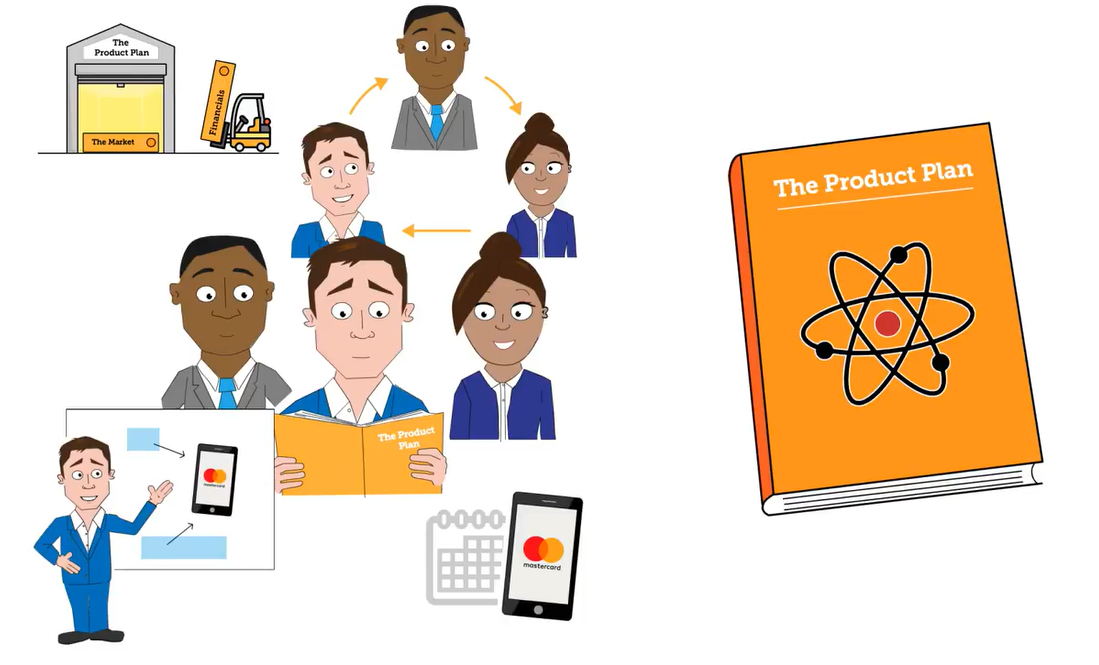
Product Planning
For the Product Team, building an evidenced-based assessment of your customers, markets, competition, product, pricing, financials, plan and vision is critical when we want to get funding for a new initiative. But once funded, we often forget this–we charge headlong into delivery and stop reflecting on the fundamentals of why we’ve built our product. But think of it like this; your market is not static–every aspect from customers through to competition is changing. The product plan is where we document those changes. Fifteen minutes per week reflecting on “what is changing in my market” and captured in the product plan means you keep an up-to-date view of market conditions.
read more
How do you track product success
How do you track product success?
Product Managers need to be able describe if the product they launched was successful, typically in metric form. Simple idea, but difficult to do. Whether you’re an OKR or KPI or SMART fan, it’s important to think in terms of lag and lead. Some metrics lag – think revenue. It’s critical, but if that’s all you quantity then there’s very little action you can take at the point that the metric becomes measurable. Other metrics lead – think pilot customer or launch date. These give an indication that you’re on the right path. Product Managers should think of a funnel of metrics that describe not just what success looks like, but that journey to success.
read more
Talking the right language
Talking the right language
Ever feel your message isn’t getting through to your customer? It could be that the message is wrong, but often it’s not the message, but the delivery – language that doesn’t resonate with your target market. Here’s a simple example; you want to encourage your children to exercise more. Which statement is more likely to work: ‘ Shall we go for a long ride on our bikes to improve our cardiovascular fitness’ or
‘Let’s see who can get muddiest on the canal path!
’’Simple rule of product management – when you talk to your customers, speak in a way that makes sense to them not in language that impresses your boss!
read more
Market Validation
Market Validation
Technique number 6:
TEST MARKETING And finally, there’s test marketing. The product and its marketing plan are exposed to a carefully chosen sample of the population before its full-scale launch. It’s conducted in real-life buying situations and can last from few weeks to several months. Due to its high cost, however, test marketing is more suitable for fast moving packaged goods
read more
Market Validation
This week we’re running through the techniques for market validation.
Technique number 5: SURVEYS
POSTAL SURVEYS, PHONE INTERVIEWS, INTERNET SURVEYS-Postal, phone and Internet surveys have the greatest potential for causing resentment on the part of those surveyed. And very low (less than 1%) response rates. Additionally, respondents may not be representative of the market and can misdirect you.
read more
Market Validation
This week we’re running through the techniques for market validation.
Technique number 4: PERSONAL INTERVIEWS
Personal Interview research is a face-to-face meeting. People are more willing to respond in person, but can often tell you what they think you want to hear.
Participants tend to say the first thing that comes to mind or what they think they want. Once you look deeper into it you notice that there’s a lot more that must be uncovered, sometimes what they think they want or why they think they choose a product or service isn’t always the true motivation.
read more
Market Validation
This week we’re running through the techniques for market validation.
Technique number 3: FOCUS GROUP
In focus group research, 6 to 12 people are brought together by researchers to discuss a specific situation or reactions to a product. Questions are asked to the group, who are free to discuss the topics with each other. One key issue is that the research is reliant on the interpretation of group discussion. This can raise questions about observer dependency and validity.
read more
Market Validation
This week we’re running through the techniques for market validation. Technique number 2: OBSERVATIONAL
In observational research actions of people are watched either by cameras or observers, typically in a natural environment. Using this technique, product managers can see how clients respond to different stimuli and situations. The benefit is that clients are more likely to demonstrate typical behaviour in a natural setting rather than ‘ideal’ behaviour in a simulated or artificial environment. However, what it cannot show is why customers behave in a certain way – their attitudes or motivations.
read more
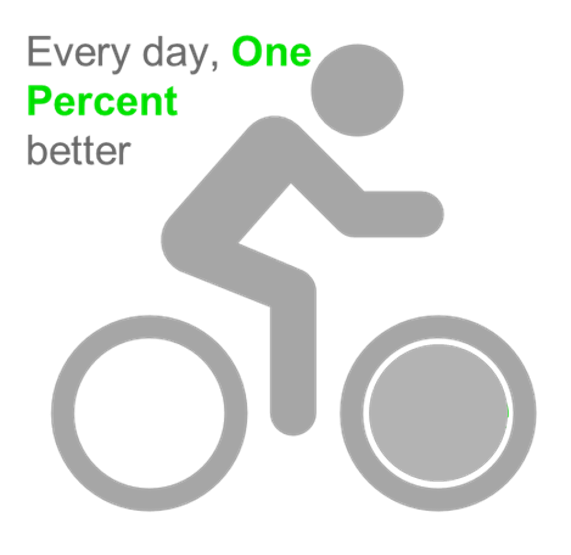
Product Thinking Fundamentals
No.5
We Boss Customer Value.
We increase commercial value through constantly increasing the customer value 1% at a time. Search to improve and optimize propositions throughout their lifecycle. Continuously track and measure to ensure what we do truly delivers.
Become world class 1% at a time.
read more

Product Thinking Fundamentals
NO.4
We wallow in Customer Pain.
People use our products and services because they have pain.
A pain point is the root problem a customer has, and businesses exist to solve their customers pain points.
Our solutions are a response to that pain, But, don’t forget to truly understand the customer problem first, before going to the solution.
read more

Product Thinking Fundamentals
Product Thinking Fundamentals
No.3
New Ideas are our Heartbeat.
New ideas are the lifeblood of product teams. So, to have fresh ideas, we need to break away from established patterns of thought and start to see new paths ahead.
Product and Design teams use Design Thinking as a methodology.
Empathise – What is the problem?
Define – Why is it important?
Ideate – How do we solve it?
Prototype – Why do we create it?
read more
Check out the Archive